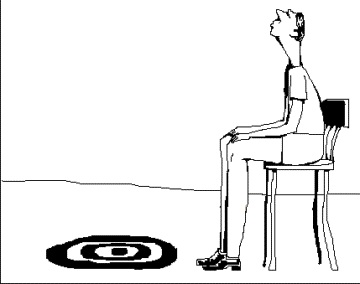A FEW WEEKS back, I was reading the latest issue of Oxford American, which excerpted this badass letter writer Eudora Welty sent to the editors of The New Yorker.
Welty wanted a job at The New Yorker and she didn’t seem the least bit reluctant to pull out all the stops to get the editors’ attention.
There aren’t a whole lot of writers–then or now–who could pull off that type of letter, much less use it to develop a long and satisfying personal and professional relationship with an editor.
If you’re as much of a self-possessed badass as Welty, then you won’t need these tips. But if you’re confused by some of the dynamics of the writer-editor relationship (especially those dynamics characterized by the editor dropping the ball), then this one’s for you.
